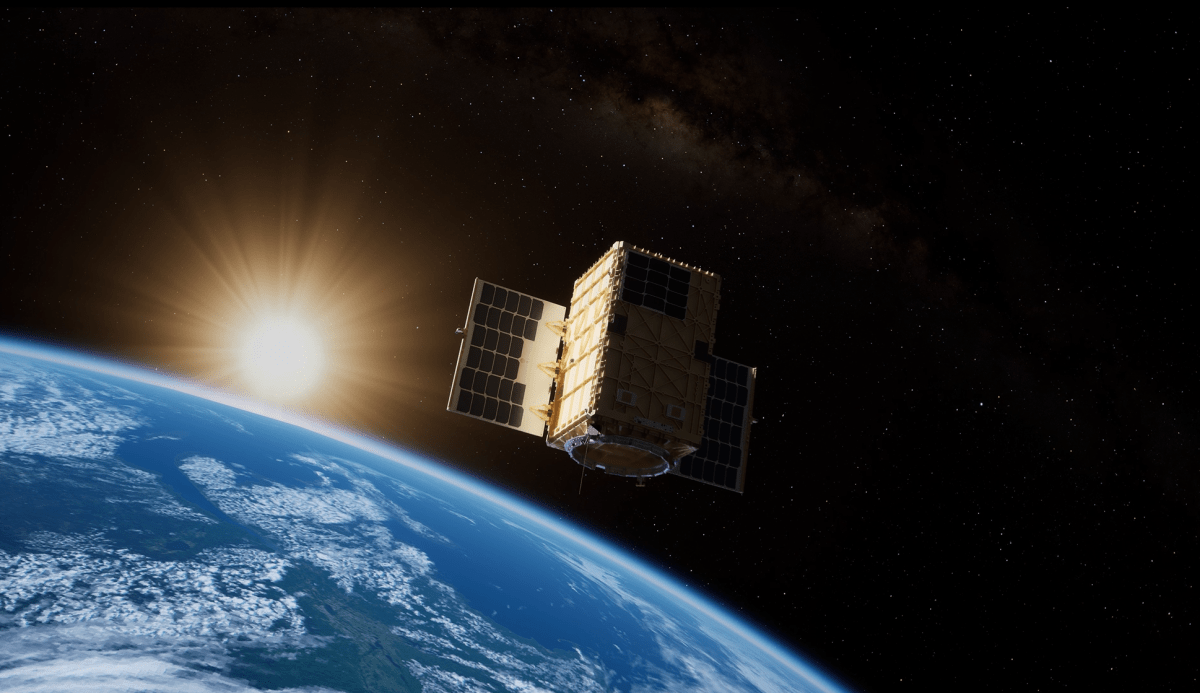TAMPA, Fla. — Boeing plans to deploy a small satellite in 2026 to test technology needed for a quantum internet capable of connecting more advanced sensors and computers worldwide, the company announced Sept. 10.
The microwave-sized Q4S satellite is being designed to demonstrate quantum entanglement swapping, a communication technique that transfers information between particles without physically moving them across a distance.
Testing this capability in space is key to expanding quantum networks beyond simple point-to-point communication, according to Boeing, enabling more precise measurements from sensors that could be fed directly into more powerful quantum computers.
“In essence, this is the generalized communication protocol that’s needed for a quantum network that is not just sending a stream of single photons across its network,” Jay Lowell, Boeing’s chief engineer for disruptive computing, networks and sensors, said in a media briefing.
While the technology is still in its early stages, Lowell said quantum networking would greatly enhance the capabilities of applications ranging from climate science to communication security.
“One application that has been tossed about is the ability to do exceedingly precise time synchronization,” he said.
“You can use the fact that entanglement collapses at a very small time overlap [of] less than a couple hundred femtoseconds … once you set that correlation up and you entangle those sensors, now their collective measurement of time is guaranteed to be maintained to better than that precision.”
Quantum first
Satellites are better suited to facilitate long-haul quantum information traffic than terrestrial fiber networks, which Lowell said would need to repeat the entanglement-swapping process roughly every 10 kilometers to maintain the connection.
For the mission in 2026, Boeing will attempt to demonstrate quantum entanglement within the satellite.
China is also working to develop a quantum communications satellite network.
However, Lowell said similar experiments conducted in space to date have only explored certain quantum effects rather than concentrating on a core protocol for building a generalized network.
A successful lab validation on the ground paved the way for Boeing’s plan to demonstrate the technology from low Earth orbit.
The mission will use a Corvus satellite platform from Astro Digital, which is slated to begin production next year.
Lowell said Boeing is using an Astro Digital satellite rather than building its own because the company had already proven it could generate the 70-80 watts of continuous power needed for the mission with a small spacecraft
HRL Laboratories, a California-based research center Boeing partly owns, is helping to design the payload.
Boeing is funding the program internally. Lowell said the company is making a “significant investment” to advance quantum technology but declined to give details.
He added that government and commercial customers have expressed interest in the technology, and at least one is likely to partner in the near future on a potential follow-up mission.

Tech to Force This was beautiful Admin. Thank you for your reflections.